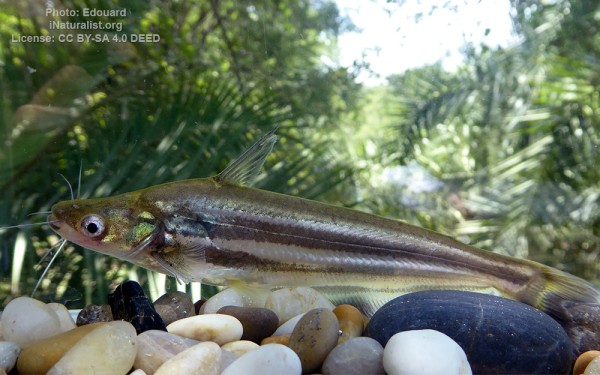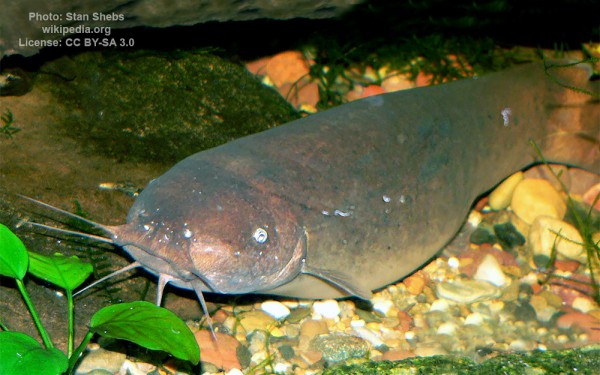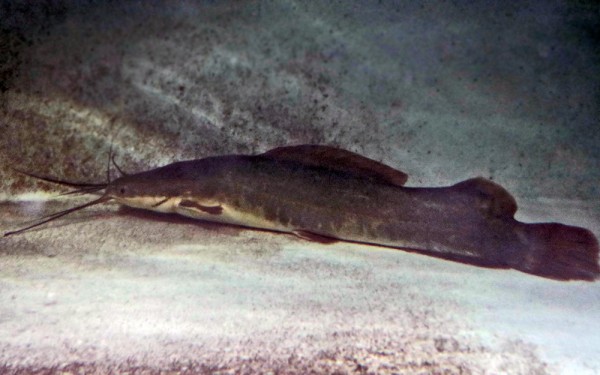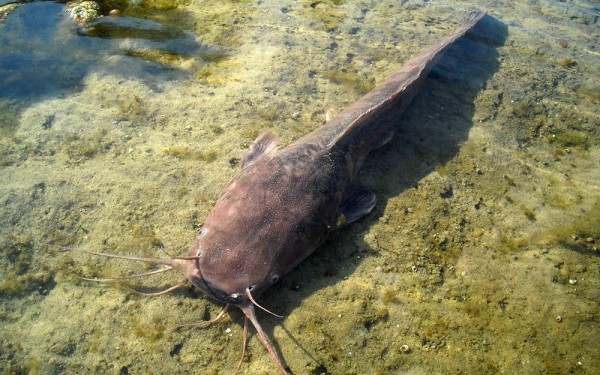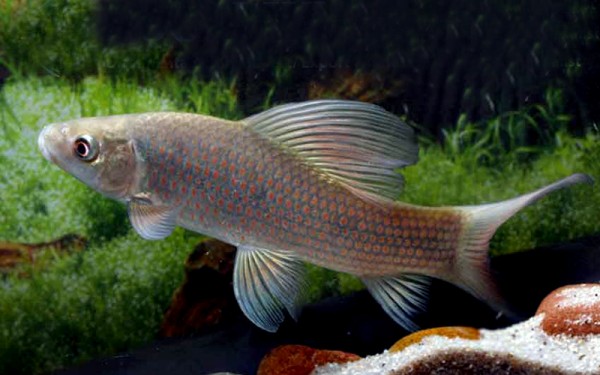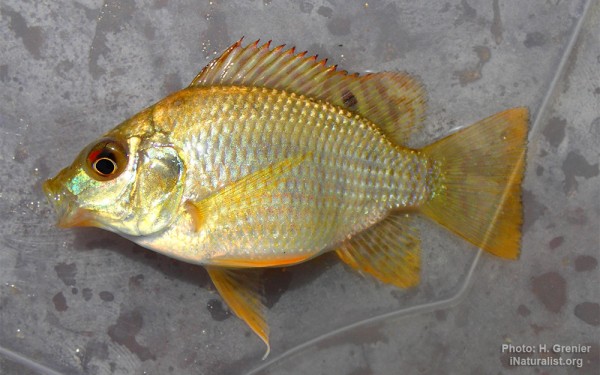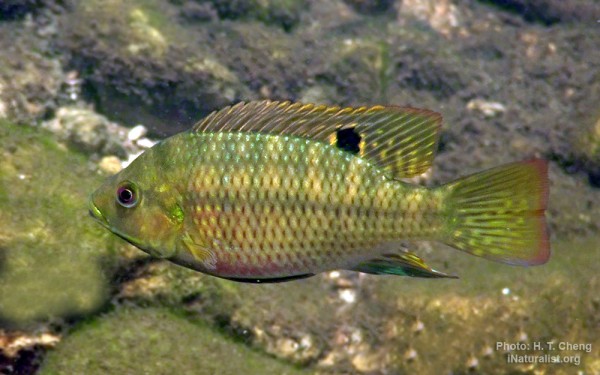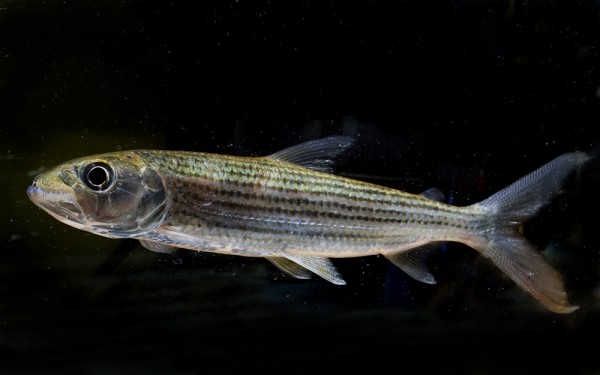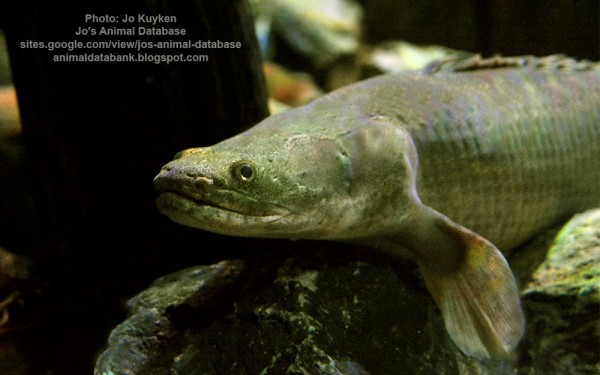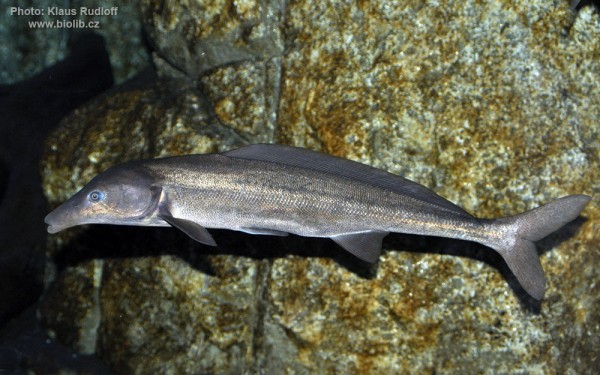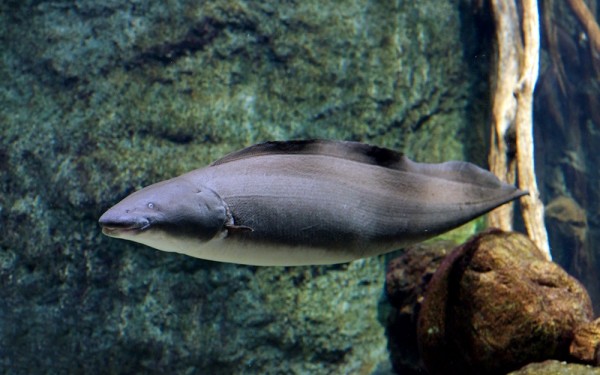Lake Volta

Siluriformes - Catfishes
Cypriniformes - Carps
Cichliformes - Cichlids
Characiformes - Characins
Polypteriformes - Bichirs
Osteoglossiformes - Bony tongues
Siluriformes - Catfishes
Cypriniformes - Carps
Cichliformes - Cichlids
Characiformes - Characins
Polypteriformes - Bichirs
Osteoglossiformes - Bony tongues
Lake Volta, the largest artificial reservoir in the world based on surface area, is contained behind the Akosombo Dam which generates a substantial amount of electricity. It is completely within the country of Ghana and has a surface area of 8,502 square kilometres (3,282+1⁄2 sq mi). It extends from Akosombo in the south to the northern part of the country.
Geography
Lake Volta lies along the Prime meridian, and just six degrees of latitude north of the Equator. The lake’s northernmost point is close to the town of Yapei, and its southernmost extreme is at the Akosombo Dam, 520 km (320 mi) downstream from Yapei. Akosombo Dam holds back both the White Volta River and the Black Volta River, which formerly converged where the middle of the reservoir now lies, to form the single Volta River. The present Volta River flows from the outlets of the dam’s powerhouse and spillways to the Atlantic Ocean in southern Ghana.
The main islands within the lake are Dodi, Dwarf, and Kporve.
Digya National Park lies on part of the lake’s western shore.
History
The lake was formed by the Akosombo Dam, which was originally conceived by the geologist Albert Ernest Kitson in 1915, but whose construction only began in 1961 with completion in 1965. Because of the formation of Lake Volta, about 78,000 people were relocated to new towns and villages, along with 200,000 animals belonging to them. About 120 buildings were destroyed, not including small residences, and over 7,800 km2 (3,000 sq mi) of territory were flooded.
Child slavery
During a scouting trip to Ghana in 2013, a small team of IJM investigators spent about a month interviewing children and boat masters on Lake Volta. The lake is the world’s largest man-made reservoir—over 600 miles wide. Nearly 50,000 children work in the country’s fishing industry, and most of these work at Lake Volta.
The stories the investigative team collected were shocking. Boys who should have been in kindergarten were instead working 12-plus hours a day. Seven days a week. Their legs were covered in thick scars from motor accidents and dangerous fish, and their hands were calloused and hard from pulling rope and mending nets. They were malnourished yet had overly developed muscles from years of manual labor.
The IJM team spoke to hundreds of boys and estimated that well over half had been sold into slavery.
